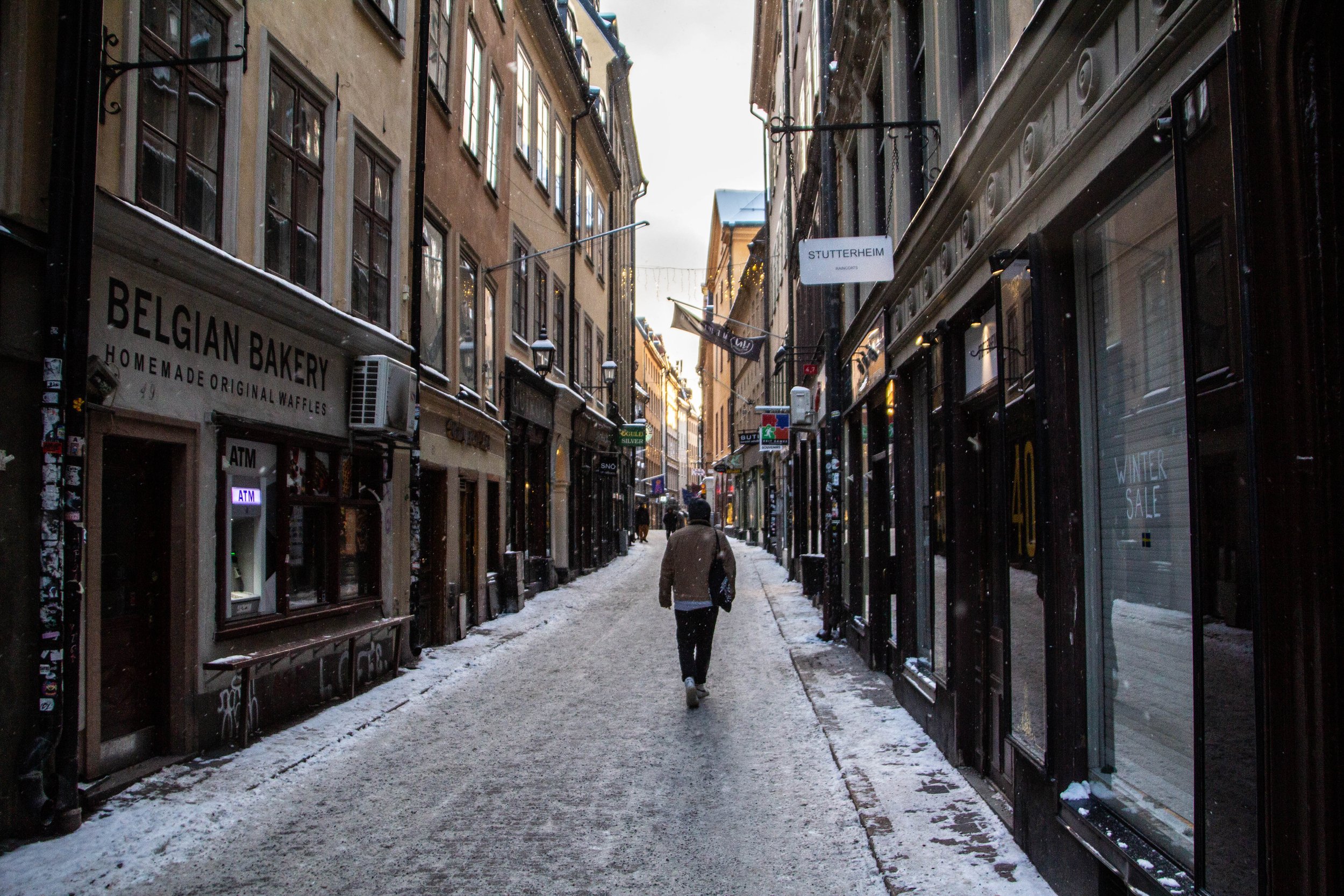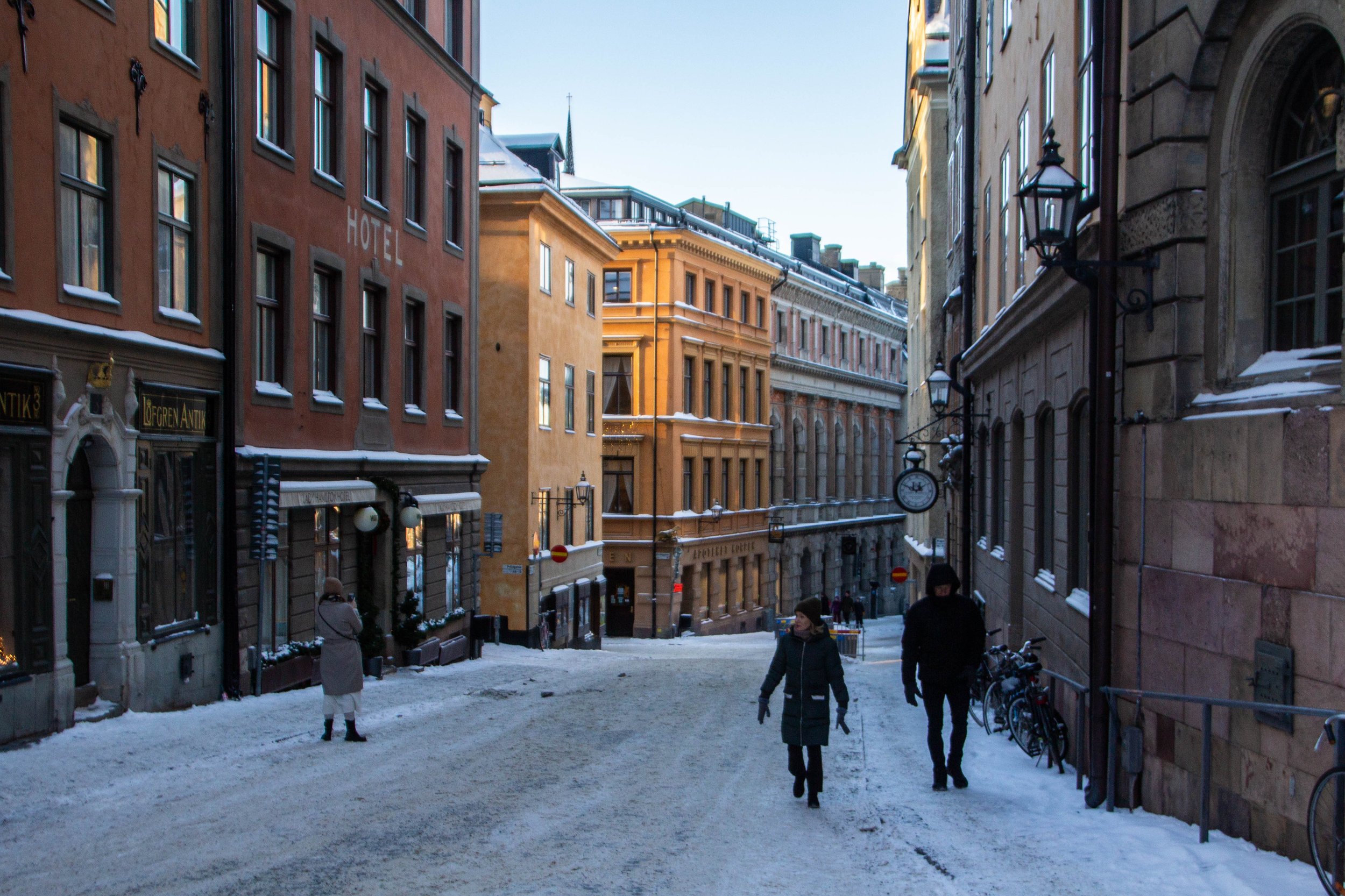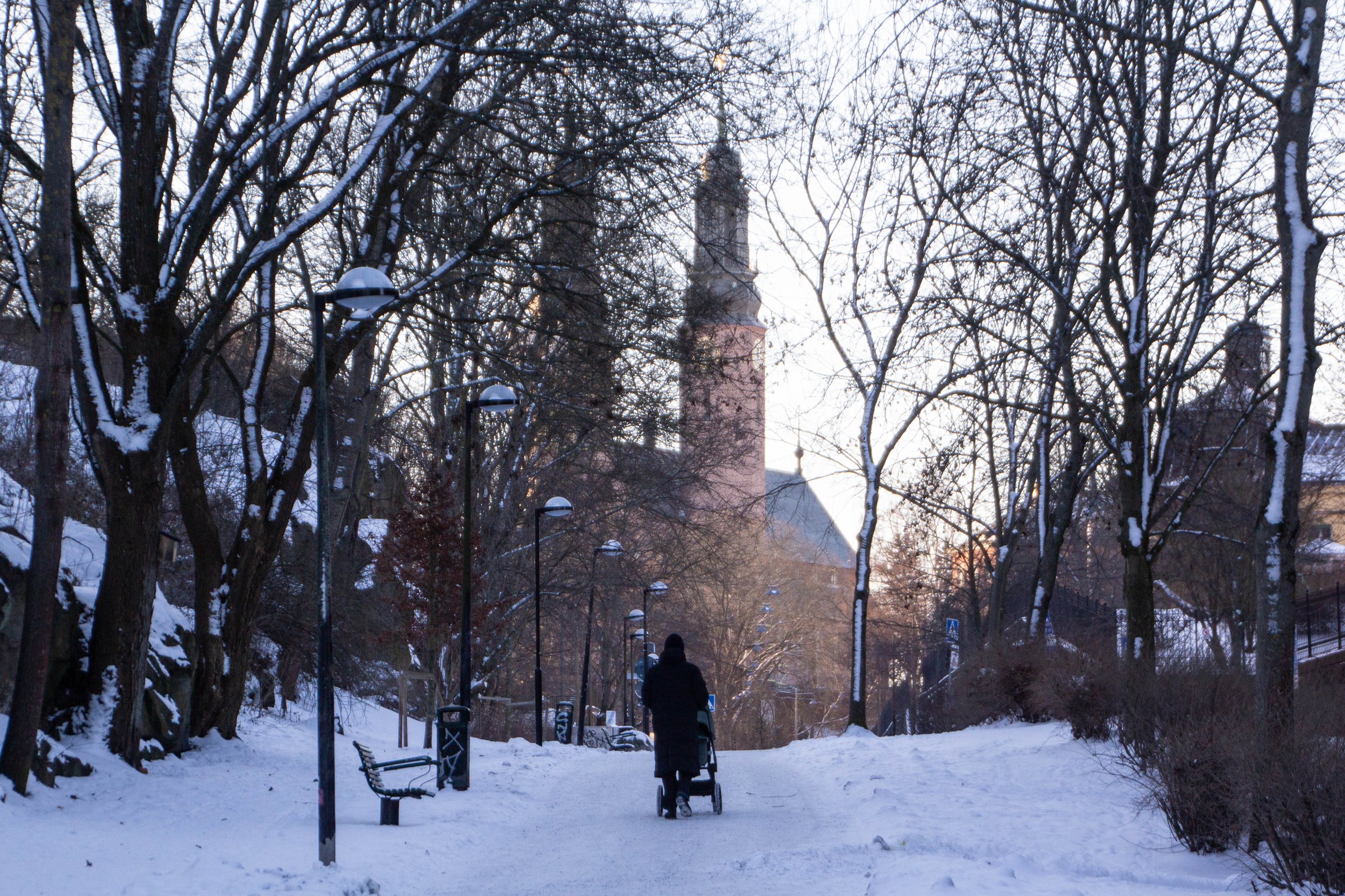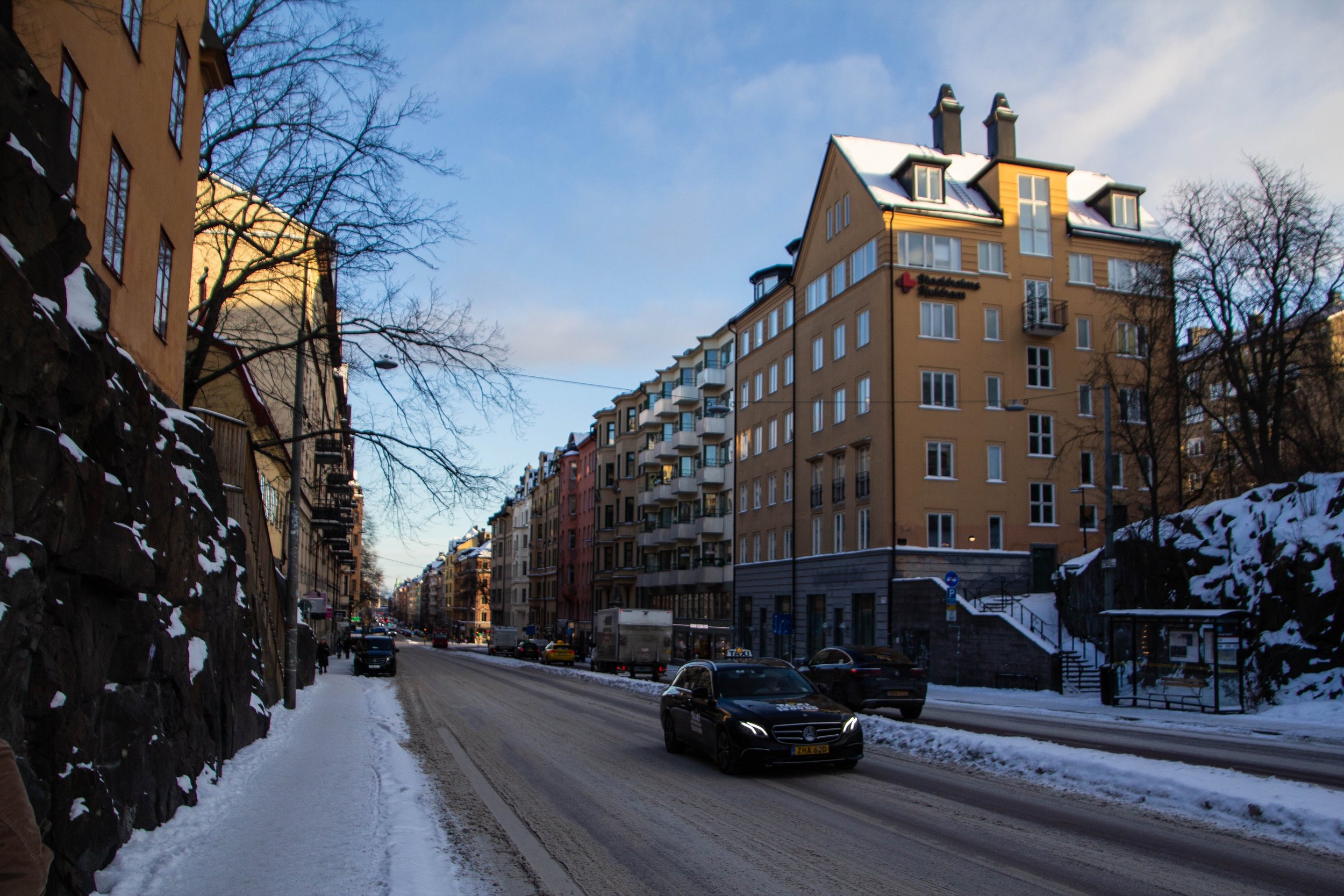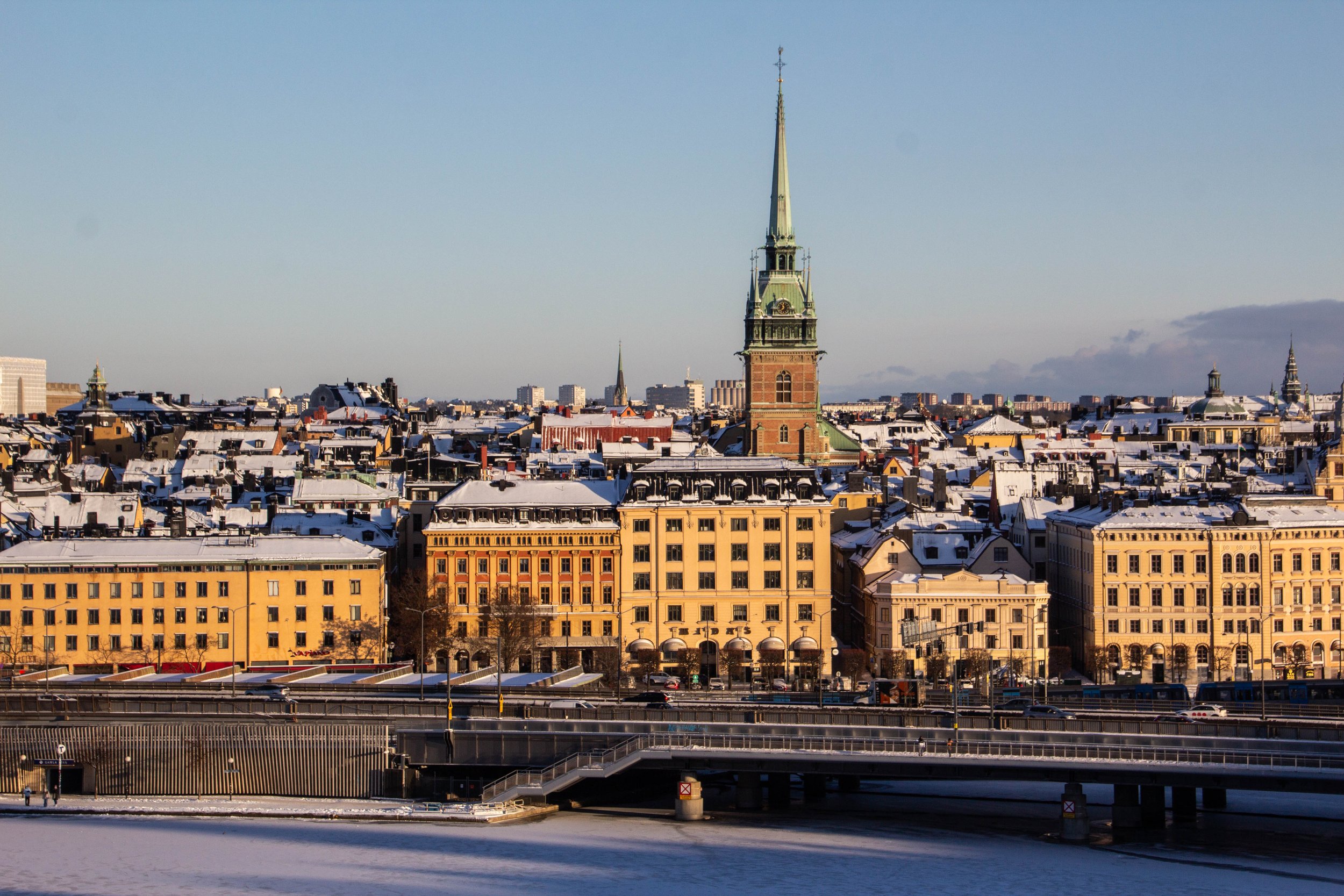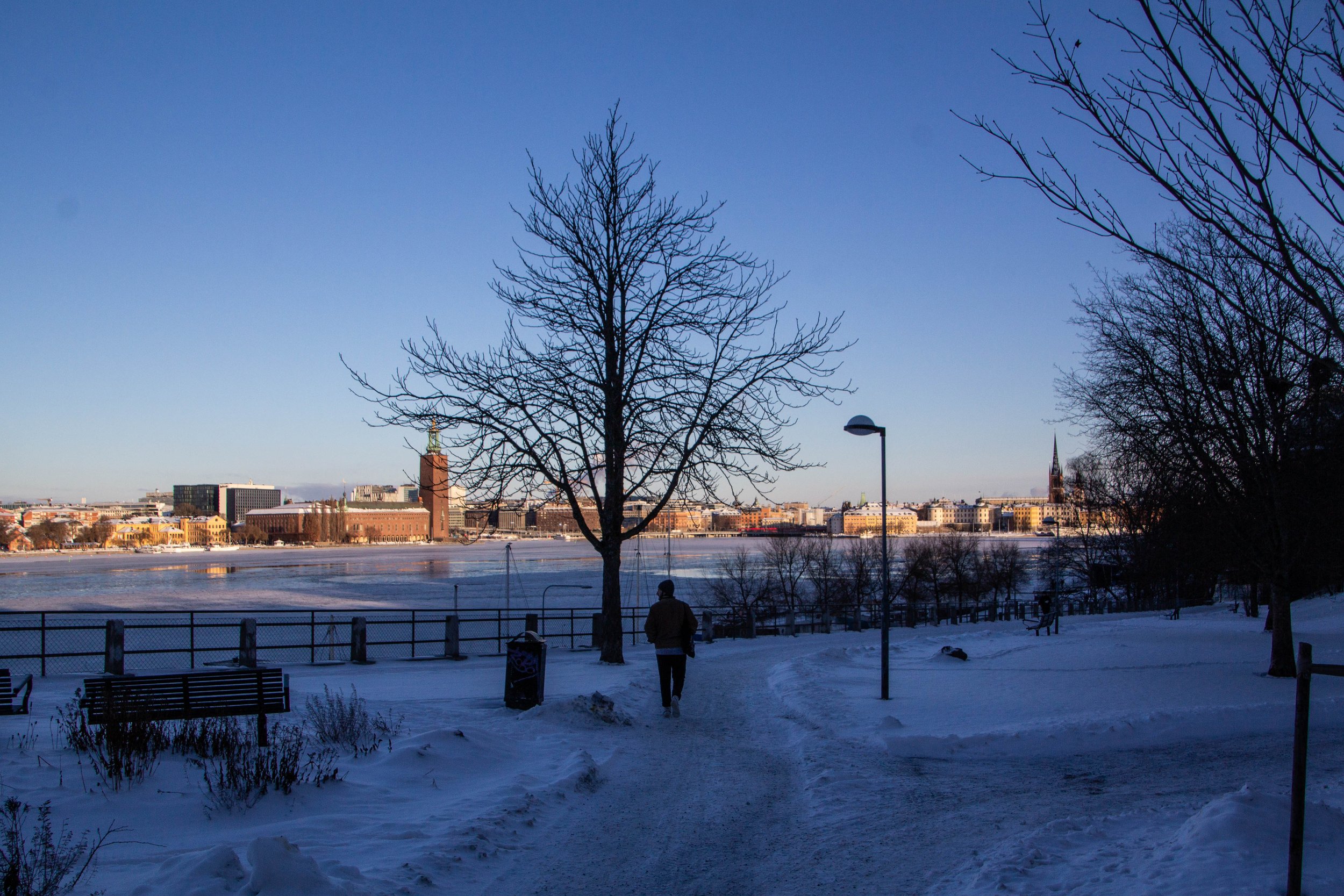It’s been a while since I had a proper “here-I-am-in-a-brand-new-country” article! And if you had asked me even 3 months ago where and when I thought the next one of these articles would take place, I would not have guessed Stockholm in January. Ya’ll, the temperatures here were like -20° C (-4° F). I think this was a bit of a cold snap even by local standards, but that didn’t make it any less painful. According to my FitBit, we did about 30,000 steps on our first day here, all through the frigid cold.
However—and I never thought I would say this—I think the cold made Stockholm all the more magical. This was truly one of the most idyllic trips I’ve ever taken. I’m sure this is just the tip of the iceberg in terms of what winter travel to Scandinavia has to offer, but to me, Stockholm was nothing short of a winter wonderland. And the fact that the cold forced us into cozy little bakeries to warm up about 3x as often as we would have otherwise stopped didn’t hurt either.
The is the first of 2 articles in the queue from Stockholm, and despite the cold, I have extremely warm memories of this place. Let’s jump in.
Gamla Stan (Old Town)
Before we get into this, I’d encourage you to take a look at the map of Stockholm via the Google Maps window above. It has super interesting topography. It’s essentially on a bunch of islands where the the Baltic Sea meets an inland lake called Lake Mälaren. And Stockholm’s old town—Gamla Stan—sits on a particularly small spit of land in the middle of this intersection.
“Gamla Stan” is literally Swedish for “Old Town,” although it was previously known as “Staden Mellan Broarna” (translated: “The Town Between the Bridges"), owing to the bridges that connect it to Södermalm to the south, and Norrmalm to the north. This little island has about 3,000 permanent residents and dates back to the 1200s. In the very beginning, Gamla Stan and Stockholm were geographically synonymous, but Stockholm soon began to expand outward from there.
Anyway, Stockholm is far enough north that there is some meaningful variability in the amount of daylight it gets in the summer vs. the winter. In my previous foray into the Nordics, I visited Iceland in the middle of the summer and was surprised to find that the sun never fully set! Instead, there would be a few hours of perpetual sunset/sunrise from ~11pm to ~2:30am. Well, Stockholm isn’t as far north as Iceland, but in early January, the sunrise was around ~9:15am, and the sunset was around ~3:30pm, which is the least daylight I have ever experienced in my life by a couple of hours. Throughout this trip, when setting rendezvous plans, we would often joke about meeting “at the crack of dawn.”
On day 1 in Stockholm, our aim was to be out in time for the sunrise—which felt like quite an attainable goal—but once we were out, the process of the sun actually rising proved to be a bit slower than I was used to. As we crossed the Norrbro bridge onto Gamla Stan, the sky was still quite dark. And even as more light crept into the sky, the temperature was not rising even a single degree! Through the stubborn cold and darkness of the streets we trudged… it might have been pretty miserable, if it had not been for the coziness that unfolded before us. Around every corner there waited warm, inviting bakeries, serving hot chocolate and pastries. Here are some pictures of Gamla Stan on that early morning in January.
SÖdermalm
From Gamla Stan, we continued our walk southward onto the island-slash-neighborhood of Södermalm. This is reputed to be a petty cool area, so we were eager to explore. As we crossed the bridge, we saw that the water over here was actually frozen solid on the western side of the bridge—which felt significant because this a passage to the ocean! On the eastern side, chunks of ice floated ominously in the water.
Transitioning into Södermalm, things definitely took a turn for the more residential. Although Gamla Stan has full-time residents, Södermalm seemed to be closer to what the typical Stockholm resident might interact with day to day. And it was still quite magical! It didn’t have the same medieval charms of the old town, but it would still be an idyllic place to call home. This is where we’re going to spend the majority of the rest of this article, so I’ll share the gallery with you now. The church at the bottom of the gallery was definitely my favorite place we found in our wanderings through Södermalm; it’s called Katarina Kyrkogård.
In the snowy quiet of the cemetery behind Katarina Kyrkogård, I found one of the saddest little graves I’ve ever seen. I had to separate this out from the gallery above to give little Adrian a space of his own. The Swedish on the head stone translates to “Forever loved and missed.” Heartbreaking. Things like this really stop you in your tracks and remind you of the universality of the human experience.
These photos where taken on January 5, 2024; almost 12 years to the day.
Look-out on Gamla Stan & Kungsholmen
Northwest of Katarina Kyrkogård, on the northern shore of Södermalm, there is a walkway that follows a cliff, overlooking the straight of water separating Södermalm from Gamla Stan and another island called Kungsholmen (Google Maps link). This, I believe, is the highest point on Södermalm, and the views do not disappoint. However, they came at a cost. I was really battling the elements to get the gallery you see below, because I was an idiot and didn’t wear gloves on this day. There was an icy wind up here that turned my bare hands red and puffy as I struggled to adjust my camera lens. I was gritting my teeth through this! And by the time we got down off of this windy ledge, it took some effort not to slur my words because my lips were so cold that it was hard to move them. Here’s actual footage of me after this photo shoot:
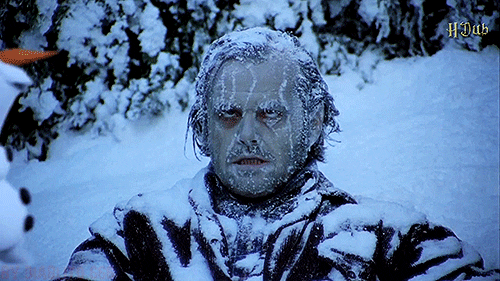
They have a saying in Sweden (which apparently rhymes in Swedish): “there’s no such thing as bad weather, just bad clothes.” I definitely had bad clothes on this trip.
ALL THAT SAID, I hope you enjoy these photos. The panoramic view here was lovely. I love the snow-covered roofs. And the bare branches of the trees really help capture the frigid atmosphere from this day.
In taking these photos, we walked along a snow-laden park on the northern shore of Södermalm. It was very peaceful. Mothers pushed strollers through the snow, and children were sledding down hills. Actually, a couple of them were sledding down a snowy flight of stairs for some reason. 😂
It looked like a great place to grow up. Here are a few snaps from that snowy park.
Vasa Museet
Before we wrap up this first installment on Stockholm, I’d like to show you the Vasa Museum (Swedish: Vasa Museet), which is located on the island of Djurgården, directly adjacent to Gamla Stan. This is basically the only “tourist attraction” that I had on my list for this visit to Stockholm.
The Vasa Museum is cool because it houses what is apparently the ONLY complete war ship from the 1600s to have ever been salvaged. It’s so big that the museum had to literally be built AROUND the ship. So if you want to see the scale of Master & Commander up close, this is pretty much the only place you can do that.

There has been decades of scientific research and effort that went into digging this ship up from the bottom of the Baltic Sea, bringing it back up to sea level, and restoring it to the state it is in today. The entire story of the shipwreck and its eventual salvage is laid out in the 6-story building that is now built around this ship. It’s an elaborate setup, made all the more impressive by the heat sensing cameras that monitor the crowd around the ship. You can see my thermal selfie here.
The name of this ship is (or, was) the Vasa—hence the name of this museum. It was commissioned under King Gustavus Adolphus in Sweden’s war effort against Poland, and set sail on 10 August 1628. However, apparently ol’ Gustavus was rushing the construction process and the main ship builder died in the middle of it, so when the ship launched, it had some problems. It sank pretty much instantly, pointing to some major weight distribution issues. In the salvage efforts, 15 bodies (skeletons) were recovered from the wreckage, but there were more people that lost their lives when the Vasa sank.
And—by the way—a few of these skeletons are actually one display in the museum! They have even done forensic facial reconstruction by layering muscles, cartilage, and skin onto some of the recovered skulls to produce renderings of what these people might have looked like. They definitely paint a vivid picture of the Vasa in every way possible. It’s a fascinating museum.
Interestingly, on the bottom of the Baltic Sea are apparently many THOUSANDS of ship wrecks just like this one. And it’s likely that they too are salvageable, because of one interesting trait of this region of ocean: the salinity of the water is less. This low salinity makes the environment inhospitable to ship worms, which are a type of mollusk that eats wood that has been submerged in salt water. Elsewhere in the world these old wooden shipwrecks basically get eaten by sea-termites, but the Baltic Sea is something of a time capsule. That is why the Vasa is still in such good shape after 333 years at the bottom of the ocean. You can see for yourself in the gallery below.
That’s it for this first article on Stockholm! But there’s more on the way.
I definitely plan to spend more time exploring Sweden, and as I curate the sound track for these adventures—I’m gonna say it up front—it will be POP MUSIC ONLY.
Pop music is Sweden’s #1 export! You’re probably familiar with phenomenon known as ABBA, but what you might not know is that ever since roughly the mid 1990s (which is about as far back as I actually have memories of), there has been a Swede in the writing credits of like 75% of all pop songs. This is their industry.

If you don’t believe me, navigate to some of the top songs on Spotify (a Swedish company, btw) and click on “Song Credits.” You probably won’t recognize many names in there, but if you want to understand the Swedish penetration into the pop music world, start dropping those names into Google. You’ll see what I mean.
And that—to me—is one major reason why the Swedes are so goddamn cool. At this point, Sweden is to pop music as Saudi Arabia is to oil. There are Swedish outfits operating out in LA—most notably MXM and Wolf Cousins—that will formally and informally serve as a hub for new arrivals on the American music scene from Sweden. If you’re in music, this is the network you want to be a part of. So until next time, I will leave you with Tove Lo. Fun fact: I saw her perform this early stuff at SXSW 2014.
Track of the Day ⏯
🦸🏻♀️ Artist ✖️ Playlist 🎧

Comment























